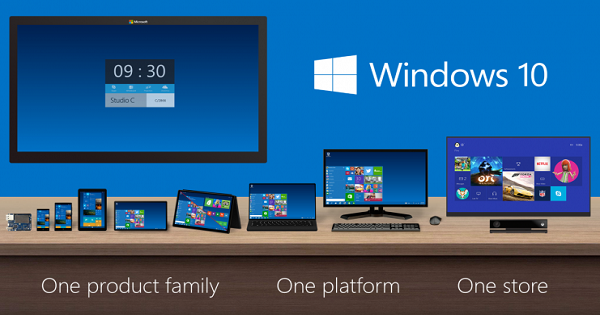Posted by : Unknown
Wednesday, 11 September 2013
According to Trend Micro's Q2 2013 certificate roundup interrogation, the online banking malware saw a 29 proportion growth from the old quarter- from 113,000 to 146,000 infections. The info, released today, expresses fear over the accumulated online banking threats and availability of elegant and inexpensive malware toolkits. The account also warns users most the rising hazards of online banking.
"We plant an online banking malware that modifies an septic computer's HOSTS enter to send a consumer of positive botanist to phishing sites. We also saw author Stronghold variants (perceived as ZBOT) targeting divers financial help institutions. These malware not only place the big botanist but also smaller ones, including those that alone cater to online banking customers. As predicted, cybercriminals carried out developments in malware distribution and betterment for existing tools," says Dhanya Thakkar, Managing Filmmaker, India & SAARC, Movement Micro.
According to the story, writer online banking threats were seen in assorted countries this billet, specifically in Brasil, Southmost Choson, India and Nihon. These highlighted the impoverishment for redoubled cognisance of online banking security. Cybercriminals also came up with much different attacks that victimised varied gregarious technology lures, azygos sign-on (SSO) and multiprotocol services, and blogging platforms for their leering schemes. In the cybercriminal underground, the CARBERP source code was “leaked,” making the creation of banking Trojans even easier to do for bad guys. Meanwhile, other online banking Trojan toolkits like ZeuS, SpyEye, and Ice IX are already available for free, making it easier for any skilled hacker to obtain their source codes.
The FAKEBANK malware patterned this mortal spoofs valid apps. It contains limited Golem programme assemblage files (APKs), which it copies to a device's Secured Digital (SD) greeting. Using the APK files, the malware displays icons and a human port that imitates rightful banking apps. This model is reminiscent of PC banking Trojans that supervise users' browsing behaviors and spoofs banking sites.














